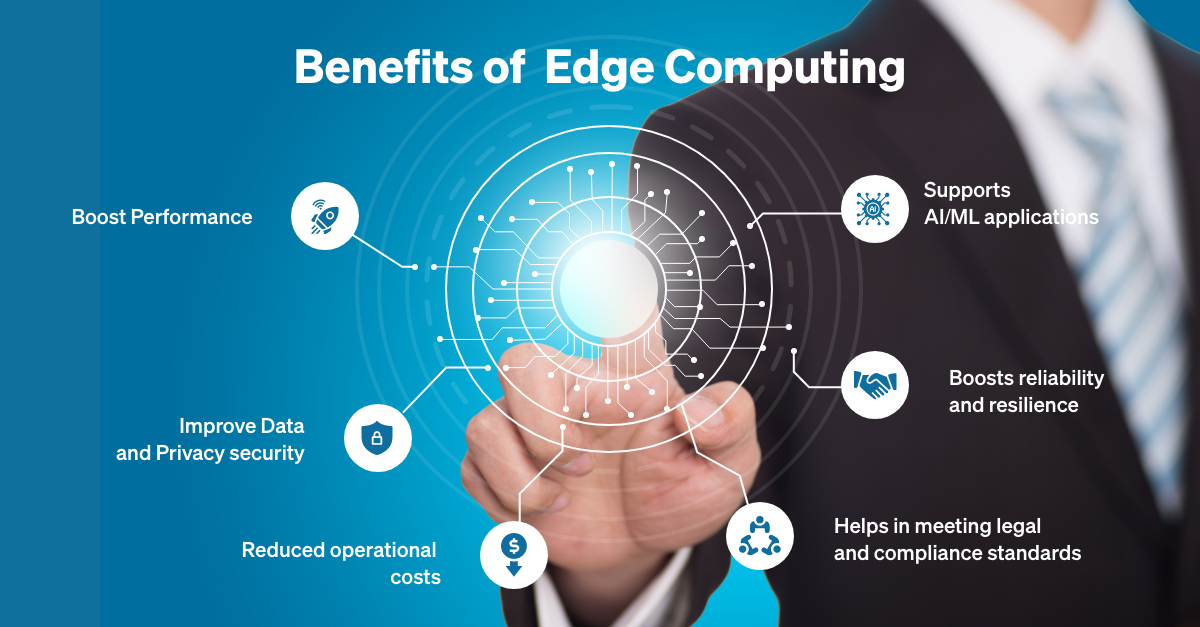
Cloud computing has become a transformative force across various sectors, and the education industry is no exception. By leveraging cloud technology, educational institutions can significantly enhance their operations, improve learning experiences, and streamline administrative tasks. This comprehensive blog explores the top 10 benefits of cloud computing for educational institutions.
1) Cost Efficiency
· Reduced IT Costs
One of the most significant advantages of cloud computing is the reduction in IT costs. Traditional IT infrastructure requires substantial hardware, software, and ongoing maintenance investments. Cloud services operate on a subscription-based model, eliminating the need for hefty upfront costs and reducing ongoing maintenance expenses. This shift allows educational institutions to allocate their budgets more effectively, directing funds toward improving educational programs and resources.
· Pay-as-You-Go Model
Cloud service providers’ pay-as-you-go pricing model enables institutions to pay only for the resources they use. This flexibility ensures that schools and universities can scale their services according to their needs without overcommitting financially. Institutions can achieve significant cost savings by avoiding the need to overprovision resources, especially during fluctuating demand.
2) Enhanced Collaboration
· Seamless Sharing
Cloud-based tools such as Google Workspace for Education and Microsoft Office 365 facilitate seamless collaboration among students and faculty. These platforms allow documents, spreadsheets, and presentations to be easily shared and edited in real time, promoting group work and collaborative projects. The ability to work together on documents simultaneously, regardless of physical location, fosters a more interactive and engaging learning environment.
· Global Access
Cloud computing enables students and educators to access learning materials and resources from anywhere in the world, as long as they have an internet connection. This global accessibility fosters a more inclusive and flexible learning environment, accommodating distance learning and international collaborations. Students can participate in courses and access resources even if they cannot be physically present on campus, making education more accessible and convenient.
3) 3. Scalability and Flexibility
· On-Demand Resources
Cloud computing offers scalable resources that can be adjusted to meet educational institutions’ fluctuating demands. During peak times, such as enrollment periods or exam seasons, institutions can scale up their resources to accommodate increased usage. Conversely, they can scale down during off-peak times to save costs. This elasticity ensures that resources are always available when needed without unnecessary expenditure.
· Adaptability
Educational institutions can quickly adapt to changing needs by deploying new applications and services without the constraints of traditional IT infrastructure. This flexibility allows schools and universities to implement innovative educational technologies and stay current with industry trends. Whether introducing new learning management systems, online courses, or research tools, cloud computing supports rapid deployment and integration.
4) 4. Improved Security
· Data Protection
Cloud service providers invest heavily in security measures to protect data from breaches and cyber-attacks. They offer advanced security features such as encryption, multi-factor authentication, and regular security updates, ensuring that sensitive information remains secure. Educational institutions can benefit from these robust security measures without investing heavily in their security infrastructure.
· Compliance and Regulations
Many cloud service providers comply with industry standards and regulations, such as FERPA (Family Educational Rights and Privacy Act) and GDPR (General Data Protection Regulation). This compliance helps educational institutions meet legal requirements for data protection and privacy. By partnering with compliant cloud providers, institutions can ensure that their data handling practices align with regulatory standards.
5) 5. Disaster Recovery
· Data Backup
Cloud computing offers robust disaster recovery solutions, ensuring educational institutions can quickly recover from data loss incidents. Automated backups and replication across multiple data centers provide high data redundancy and protection. In the event of hardware failure, natural disasters, or cyber-attacks, institutions can restore their data and resume operations with minimal disruption.
· Business Continuity
Cloud services enable educational institutions to maintain business continuity by providing access to critical applications and data in a disaster. This ensures that learning and administrative processes can continue with minimal disruption. For example, during the COVID-19 pandemic, many institutions relied on cloud-based solutions to transition to remote learning and keep educational activities ongoing.
6) 6. Enhanced Learning Experiences
· Personalized Learning
Cloud-based educational tools can offer personalized learning experiences by adapting to individual student needs. For example, learning management systems (LMS) can track student progress and provide tailored recommendations and resources to help them achieve their learning goals. Adaptive learning technologies can adjust the difficulty of assignments based on student performance, ensuring that each learner receives the appropriate level of challenge and support.
· Interactive Content
The cloud enables the delivery of interactive and multimedia-rich content, enhancing the learning experience. Virtual labs, simulations, and interactive e-books are examples of how cloud technology can make learning more engaging and effective. Students can participate in virtual dissections, conduct experiments in simulated environments, and explore complex concepts through interactive visualizations, making learning more hands-on and immersive.
7) 7. Efficient Administrative Operations
· Streamlined Processes
Cloud computing can streamline administrative operations by automating routine tasks such as enrollment, grading, and record-keeping. This automation reduces the administrative burden on staff, allowing them to focus on more strategic activities. For example, cloud-based student information systems can automate the registration process, track attendance, and generate transcripts, freeing up staff time for more meaningful student interactions.
· Centralized Management
Cloud-based administrative systems provide a centralized platform for managing various functions, including finance, human resources, and student information. This centralization improves efficiency and reduces the risk of errors and data inconsistencies. Administrative staff can access real-time data, generate reports, and make informed decisions based on accurate and up-to-date information.
8) 8. Access to Advanced Analytics
· Data-Driven Insights
Cloud computing enables educational institutions to harness the power of big data and advanced analytics. Institutions can gain insights into student performance, engagement, and retention by analyzing data from various sources. These insights can inform decision-making and help improve educational outcomes. For example, analytics can identify trends in student behavior, highlight areas where additional support is needed, and measure the effectiveness of different teaching strategies.
· Predictive Analytics
Predictive analytics tools can help identify at-risk students and intervene early to provide the necessary support. By leveraging cloud-based analytics, educators can make data-driven decisions that enhance student success and institutional effectiveness. Predictive models can analyze factors such as attendance, grades, and engagement to predict which students are at risk of dropping out or failing and recommend targeted interventions to improve their outcomes.
9) 9. Support for Remote Learning
· Virtual Classrooms
Cloud computing supports remote learning by providing virtual classrooms where students and educators can interact in real-time. Platforms like Zoom, Microsoft Teams, and Google Meet enable live lectures, discussions, and collaborative activities, making remote learning more effective. Students can participate in virtual classes, ask questions, and engage in group work, ensuring they receive a high-quality education even when they cannot be physically present.
· Access to Resources
Cloud-based platforms allow students to access a wide range of educational resources, including e-books, videos, and online courses. This accessibility ensures that learning can continue uninterrupted, regardless of location. Cloud libraries and digital repositories provide students access to a wealth of information and learning materials, supporting their academic pursuits and fostering a culture of continuous learning.
10) 10. Environmental Sustainability
· Reduced Carbon Footprint
Cloud computing contributes to environmental sustainability by reducing the need for physical infrastructure and minimizing energy consumption. Data centers operated by cloud service providers are often more energy-efficient than traditional on-premises data centers. By consolidating computing resources in large, efficient data centers, cloud providers can achieve economies of scale and reduce the overall environmental impact of IT operations.
· Green Initiatives
Many cloud service providers are committed to green initiatives and use renewable energy sources to power their data centers. By leveraging cloud services, educational institutions can support environmentally responsible practices and reduce their carbon footprint. Institutions can demonstrate their commitment to sustainability by choosing cloud providers with strong environmental credentials and integrating green practices into their operations.
Cloud computing offers many benefits for educational institutions, from cost efficiency and enhanced collaboration to improved security and personalized learning experiences. By adopting cloud technology, schools and universities can streamline operations, support remote learning, and gain valuable insights through advanced analytics. As the education landscape continues to evolve, cloud computing will play an increasingly critical role in shaping the future of education. Embracing these technologies will enable educational institutions to provide students worldwide with a high-quality, flexible, and inclusive learning experience.



